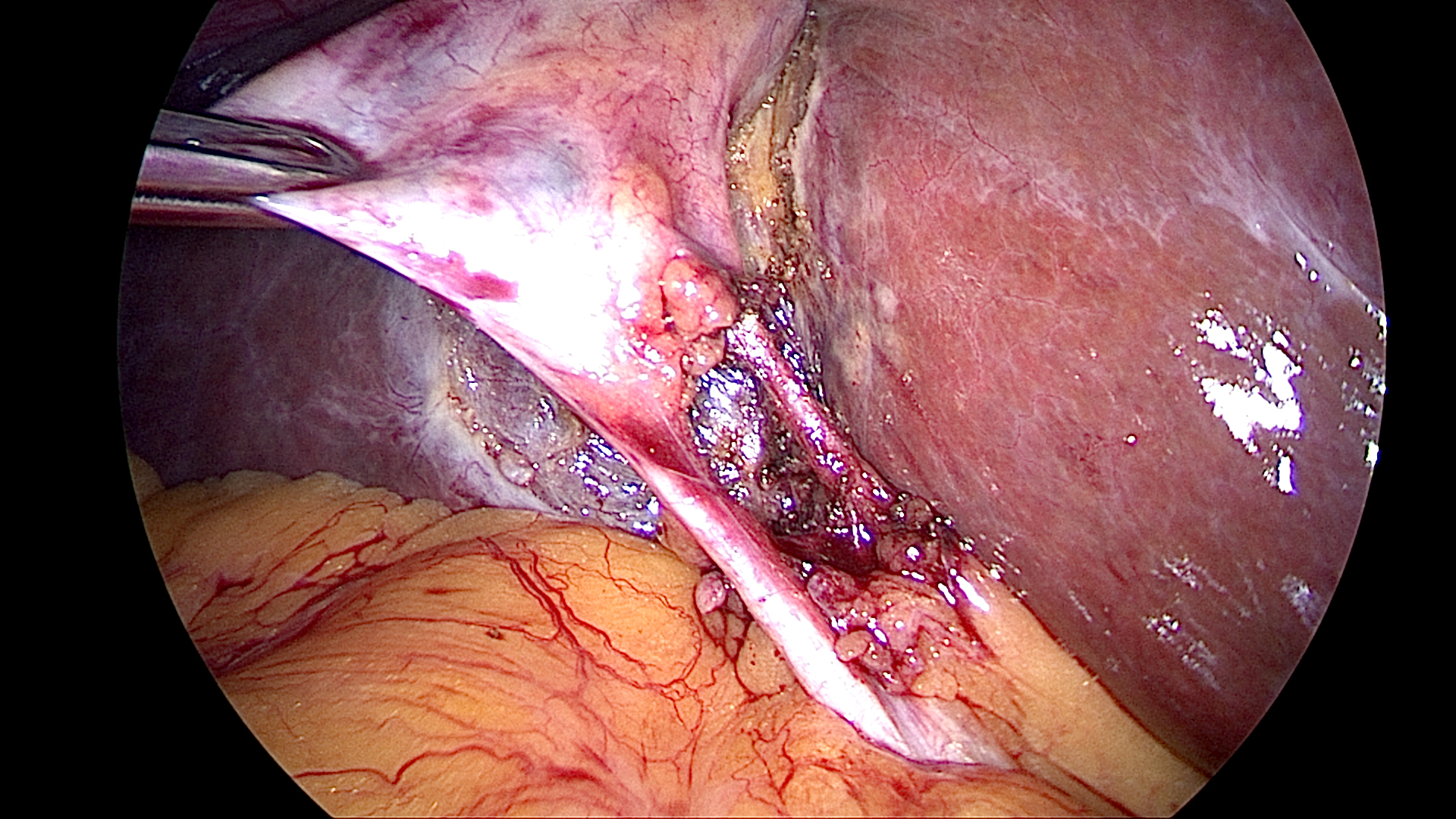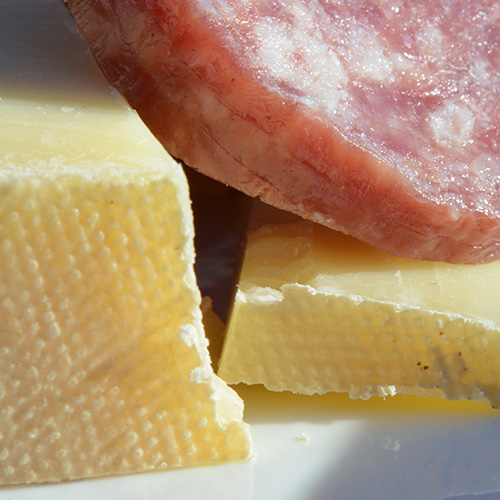The gallbladder is a pear-shaped organ that is situated on the right side of the abdomen just under the liver. The primary function of gall bladder is to store and concentrate bile, which is a digestive fluid secreted by the liver. The gallbladder functions as a storage organ for the bile that is not used immediately. The lining of the gallbladder absorbs the fluids from the bile and concentrates it. When food from the stomach reaches the small intestine, cholecystokinin hormone is released. The gallbladder contracts in response this hormone and releases bile in the small intestine via the common bile duct. Bile is used to digest and emulsify fats and also the neutralize acids present in the partially digested food. Gallstones form in the gallbladder due to presence of excessive amounts of bilirubin, cholesterol or bile salts. Gallstones rarely produce symptoms until they become big in size or obstruct a bile duct. Gallbladder is removed surgically (cholecystectomy) to treat gallstones.



